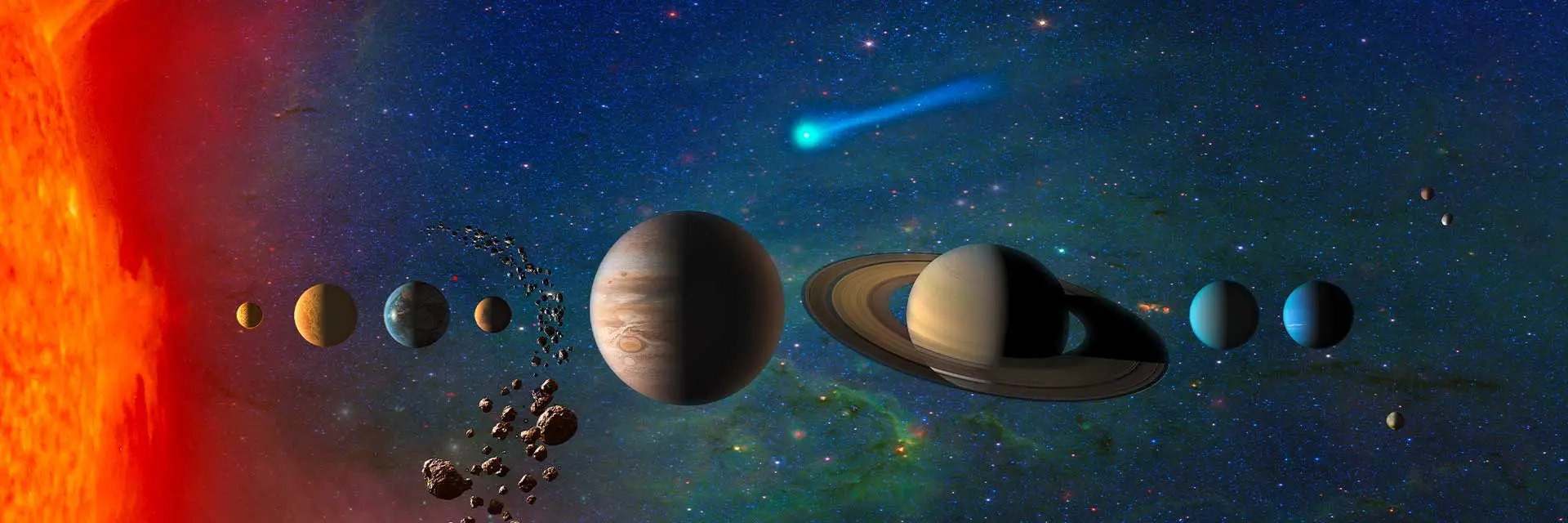Deep space exploration refers to the exploration of regions beyond our solar system. It involves sending spacecraft to study distant stars, galaxies, and other celestial objects. This field of research has the potential to revolutionize our understanding of the universe and our place within it.
Challenges of Deep Space Exploration
Deep space exploration is a challenging endeavor due to several factors:
- Vast Distances: The distances between stars are immense, making it difficult and time-consuming to send spacecraft to them.
- Energy Requirements: Deep space missions require a significant amount of energy to propel spacecraft over long distances.
- Communication Challenges: Communicating with spacecraft billions of kilometers away is a complex technical challenge.
- Radiation: Spacecraft and astronauts are exposed to high levels of radiation in deep space, which can damage electronics and pose health risks.
Key Goals of Deep Space Exploration
- Search for Extraterrestrial Life: One of the primary goals of deep space exploration is to search for signs of extraterrestrial life. This includes looking for exoplanets that may be habitable and studying the conditions that may be conducive to life.
- Understand the Formation of the Universe: Deep space exploration can help us to understand how the universe formed and evolved. By studying distant galaxies and stars, we can learn more about the fundamental laws of physics.
- Discover New Resources: Deep space exploration may also lead to the discovery of new resources that could be valuable to humanity. For example, there is potential for mining asteroids for valuable minerals and metals.
Deep Space Missions
There have been several notable deep space missions, including:
- Voyager 1 and 2: These spacecraft were launched in 1977 and have traveled beyond the heliosphere, the outermost layer of the Sun’s influence. They are now exploring interstellar space.
- New Horizons: This spacecraft was launched in 2006 and made a historic flyby of Pluto in 2015. It is now exploring the Kuiper Belt.
- Kepler: This spacecraft was launched in 2009 and discovered thousands of exoplanets, many of which are potentially habitable.
The Future of Deep Space Exploration
As technology continues to advance, we can expect to see even more ambitious deep space missions in the future. These missions may involve sending spacecraft to distant exoplanets, searching for signs of extraterrestrial life, and even establishing human settlements in space.
Deep space exploration is a challenging but exciting endeavor. It has the potential to revolutionize our understanding of the universe and our place within it.
